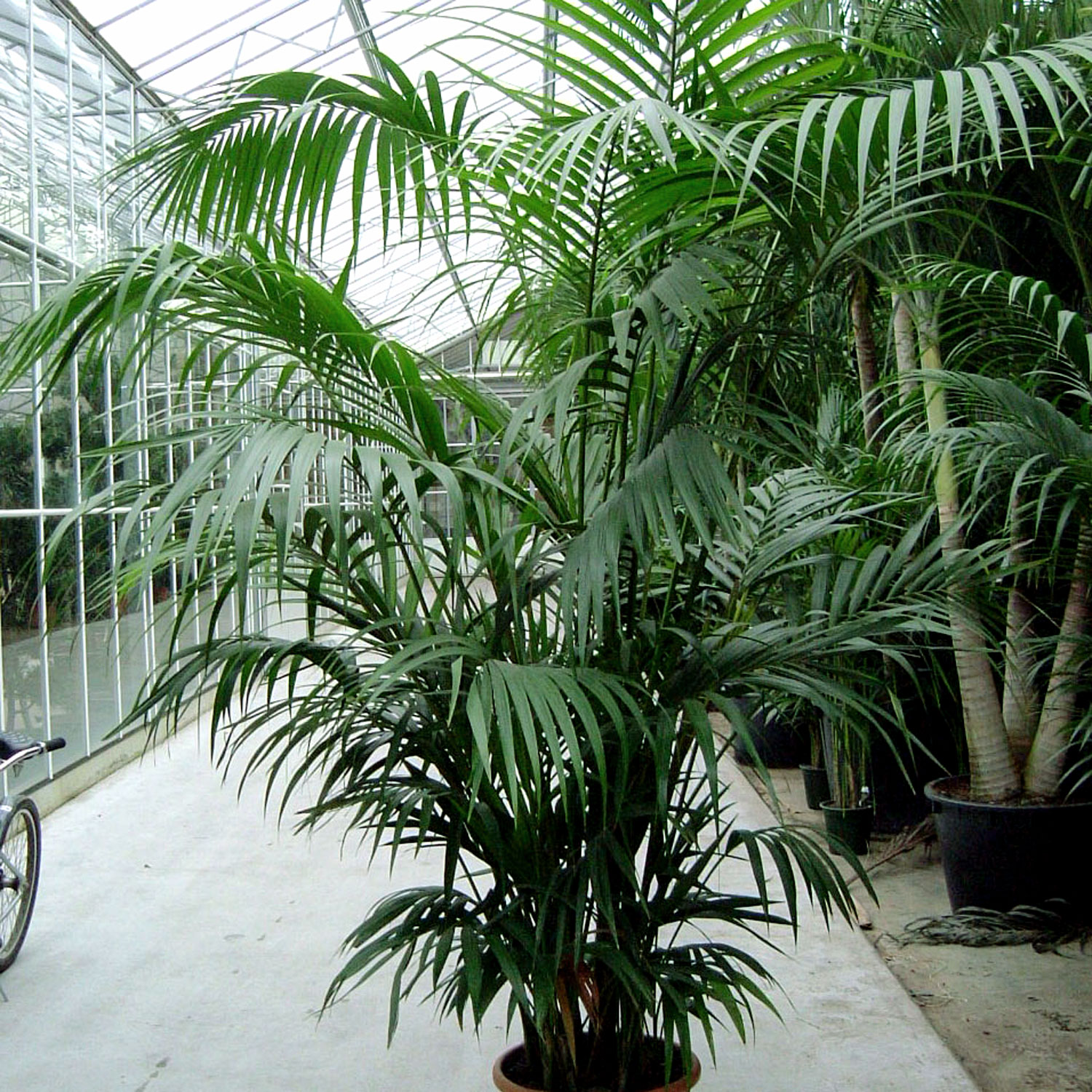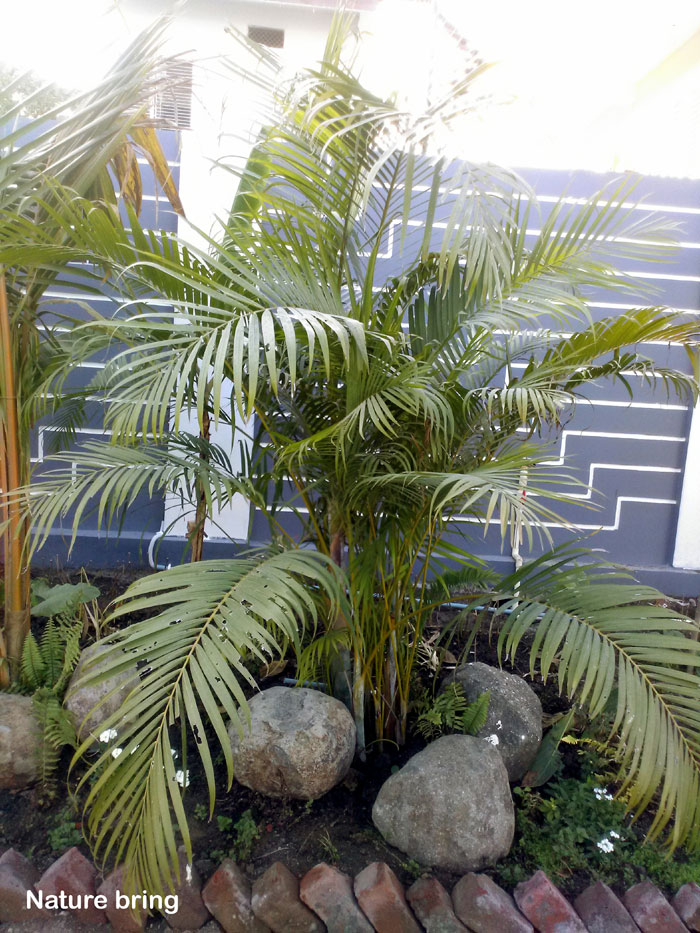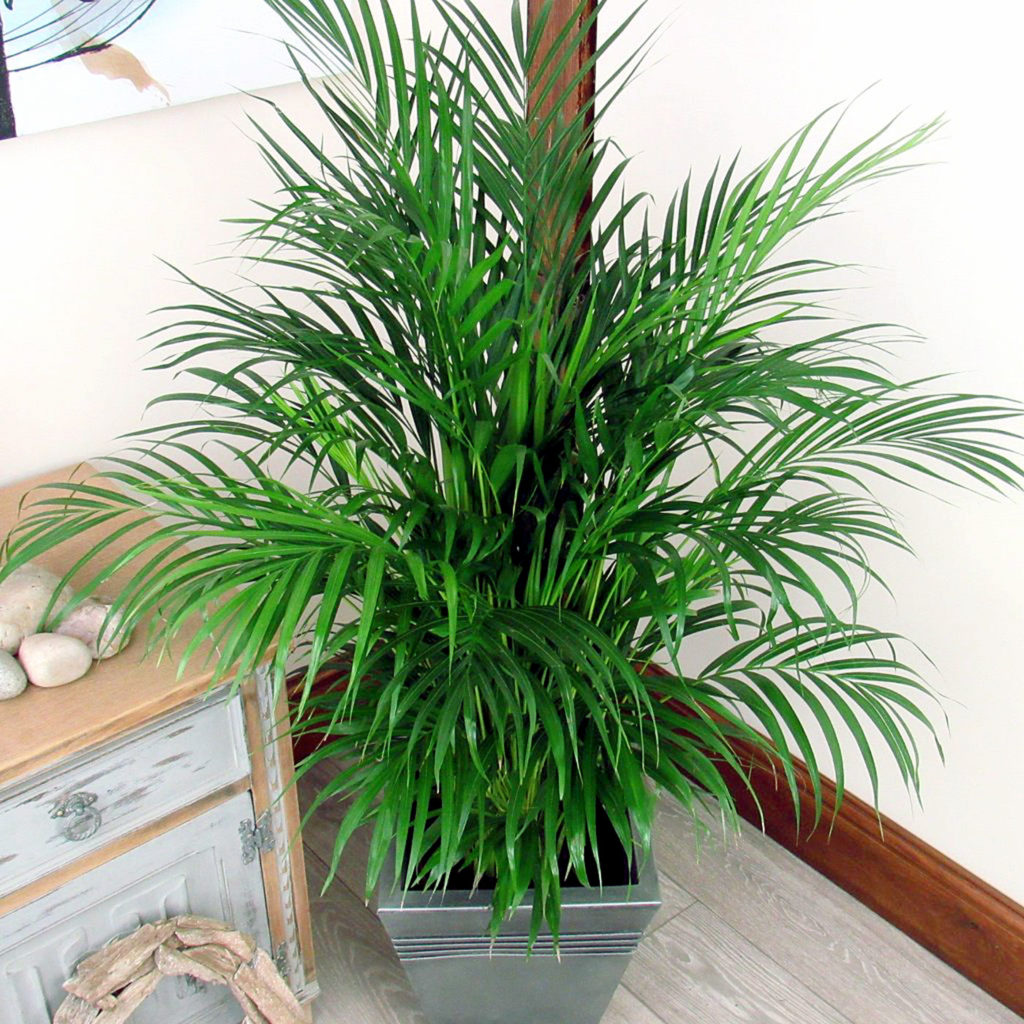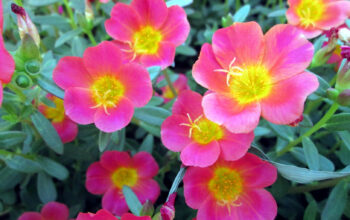Palm Tree (Arecaceae)
How to grow palm tree | Potting, Growing, and caring Palm Tree | Palm tree care. The palm plants (Arecaceae) are amazing houseplant, which enhances visual beauty inside and outside the house. Thousands of species find in it, which is not easy to be categorized. Most palm trees prefer temperatures over 45 degrees F and more throughout the year. According to the U.S. Department of Agriculture, Palm Plants grow in the areas of Hardiness Zone 10 and above. In tropical areas where palm trees grow outdoors, and also in the low light inside the home, they are happy. The tropical palm creates a magnificent surface in the room as an indoor focal plant.
Magnificent indoors Palm plant
Arecaceae tolerates very well in the summer. This is the favorite plant of homes from Victorian times, which still has the pride of houses, parlors, and offices. These are very slow-growing plants. Arecaceae cover a shady corner and create an attraction with the ideal focal point. You can enjoy the Palm Tree complete inside and outside the house. These palm trees are elegant, low light and less cared for. Nature Bring is giving you information related to the maintenance of palm plants here.
Classification
Scientific name Arecaceae
Common name Palm trees
Plant type Houseplant
Sun requires Full Sun / Shade
Soil Light and well-drained soil
Soil pH 6.5
Zone 9-11
Palm tree care
- Like all plants, the Palm tree also requires moisture, fertilizer, sunlight, air, and temperature. It keeps changing according to different species. But we are telling you a few things that are normally for all Palm Trees, some plants may be specific.
- Some Palm tree prefers a colder place and some treats are cold, and there are some who do not tolerate cold.
- Cooler hardy palms (parlors, china palms, and kentia palms) are the most popular indoor palms. These Palms tolerate night temperatures below 50 degrees F.
- Most of the trees are tolerant of shade. Parlors, China, and kentia palms prefer partial shade and they have trouble with direct sunlight. While the pygmy date and Washington’s palm tolerate more light easily.
- Always keep a note with Palms that keep repotting it. Because due to being engaged in the same pot for longer periods, the roots become bound. Which leads to an increase in its growth.
- Good drainage is necessary for this, though they flourish in tropical areas. So it would be better than while taking the soil for palm, the sand must be mixed in it. This will help to make the soil porous. Keep in mind that its roots do not get water deposited.
Feeding
- During this growing season, this plant needs feeding. If possible, use palm fertilizer. Such compost, which contains high amounts of potassium and manganese, is more suitable for its food. Due to the lack of potassium, its leaves become yellow and stem gray.
Trimming
- Palm trees often require trimming. In general, completely remove brown and yellow leaves and allow new leaves to grow. Through which the plant can take full advantage of precious nutrients.
Regularly clean the leaves
If its leaves appear brown, there is a need to increase moisture around the plant. Regularly clean the leaves with a sponge and spray it helps to remove the dirt. Do not even over-wash; otherwise, this plant may also be root rot. So check the water in the container not to stop.
Choosing the right container for Palm tree
Before growing palm proper container selection is very important, palm plants can be planted initially in small containers, but later it requires a large container. Good drainage is also very important in the pot. Pouting in the large container helps in developing its roots, many times they come out from the holes on the underlying surface. It also depends on you how much you want to grow the tree. The root can break when the pot is small and the plant can die. In my opinion, choose a large container for this, which will increase the height and weight.
Watering Palm tree
The information about the process of watering the palm plant is very important, however, the method of giving water to it is quite simple. Specific details about palm are important because some of its species are also those, which require water in the leaves beside the roots, some such species need water according to the weather. There are some plants that do not often require water. Arecaceae requires water during hot dry days. Do not water the leaves, it encourages rot. If the dust in the plant foliage is high, then keep it out and add water with hosing. After the leaves have dried, put the tree inside again.
The best soil for palm tree
The right soil selection for Palm Plant is also important. Buy a good quality potting mix for it, or build it in your home. It is wrong to keep any soil so will work for it. Soil mixture is also important because this plant needs good drainage, it is also necessary to increase the roots and maintain moisture. This soil becomes fertile too. If there is no porous soil in the soil, then the water will not come out well and in the end, the plant will be damaged.
Read also:
How to grow Onion in containers. Lucky bamboo growing and care guide. 8 Common gardening mistakes easily avoided. Avocado trees growing and caring. How to grow Zucchini in containers. Growing Potatoes in containers. Watermelon Growing in the pot. Growing and caring litchi tree in containers. Winter vegetable you can grow in October. Custard Apple growing and caring guide. Banana tree (Musa)growing caring conditions. kalanchoe plants growing and care tips.
for the pin:







